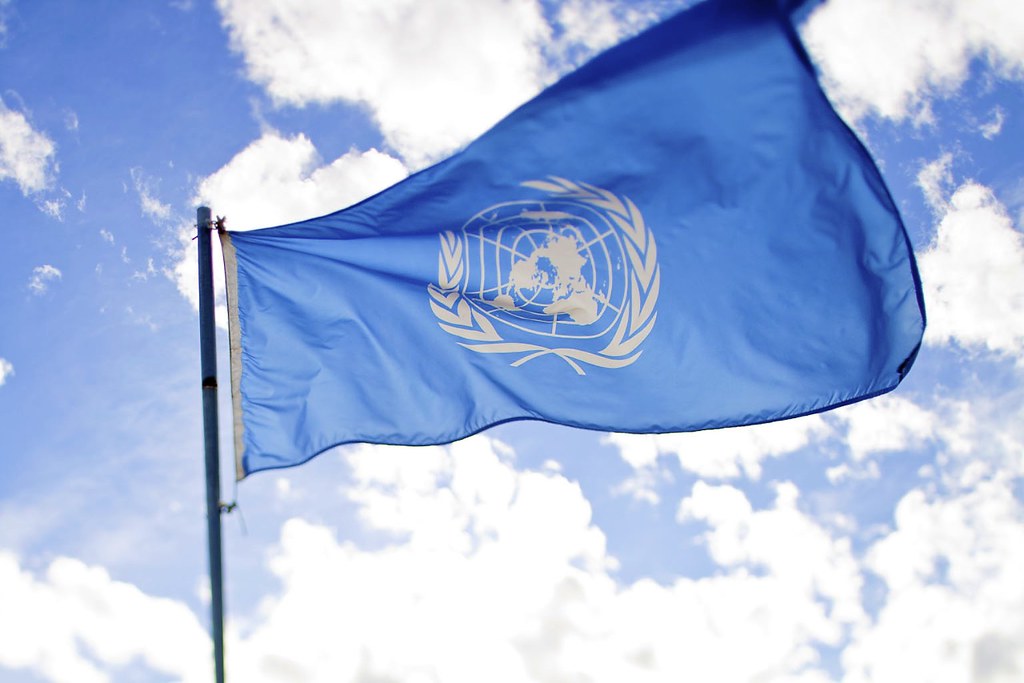There is no doubt that earth has suffered a lot due to several harmful human activities. However, in 1992, the United Nations finally acknowledged the problem of global warming and came up with the Rio Declaration. In this article, we will look at the UN conference and the measure taken in the conference.
The Earth Summit

In June 2012, a conference was held by the United Nations in Rio de Janeiro, which is called the United Nations Conference on Environment and Development or the Earth Summit. It was a conference created to unite the member states to cooperate together internationally and address urgent problems of environmental protection and socio-economic development. It was known as the largest gathering of leaders worldwide, with 117 heads of state and 178 representatives of different nations. It was a platform where some treaties and important documents were signed and where different countries committed themselves to the pursuit of economic and sustainable development.
The following issues were addressed during the Rio de Janeiro Earth Summit:
- A systematic analysis of certain production patterns such as the production of toxic components like lead in gasoline or poisonous waste includes radioactive chemicals.
- Find alternative sources of energy to replace the use of fossil fuels.
- A change in the public transportation systems to reduce vehicle emissions, traffic congestion in cities and the health conditions caused by pollutants and dirt particles.
- The rise in water consumption and its insufficient supply.
This conference was considered a remarkable achievement for both the United Nations and the whole world as it helped answer the most important questions faced by human civilisation. However, now we will shift our focus to the Rio Declaration, which is one of the most important documents that resulted from the summit.
Rio Declaration on Environment and Development
The Rio Declaration on Environment and Development, also known as the Rio Declaration, was composed during the 1992 United Nations Conference on Environment and Development. But what is the document about? It compiles 27 principles that emphasise on the importance of preserving the environment and achieving sustainable development. The principles serve as guidelines and a path to a more green and sustainable world.
The Stockholm Declaration on the Human Environment was the predecessor of the Rio Declaration that was created in 1972 during another United Nations Conference on the Human Environment. Read the following to know what was proclaimed during the conference:
“Man is both creature and moulder of his environment, which gives him physical sustenance and affords him the opportunity for intellectual, moral, social and spiritual growth. In the long and tortuous evolution of the human race on this planet a stage has been reached when, through the rapid acceleration of science and technology, man has acquired the power to transform his environment in countless ways and on an unprecedented scale. Both aspects of man’s environment, the natural and the man-made, are essential to his well-being and to the enjoyment of basic human rights the right to life itself.
However, we see around us growing evidence of man-made harm in many regions of the earth: dangerous levels of pollution in water, air, earth and living beings; major and undesirable disturbances to the ecological balance of the biosphere; destruction and depletion of irreplaceable resources; and gross deficiencies, harmful to the physical, mental and social health of man, in the man-made environment, particularly in the living and working environment.
Hence, the protection and improvement of the human environment is a major issue which affects the well-being of peoples and economic development throughout the world; it is the urgent desire of the peoples of the whole world and the duty of all Governments.”
Now let us come back to the Rio Declaration. Did you know that it was subjected to much criticism? Like me, you must wonder why this declaration was met with disappointment. Thing is according to Maurice Strong, a Canadian businessman that was also served as Under-Secretary-General of the United Nations, the Rio Declaration did not met his expectations of producing an “Earth Charter.”
However, what are your views about the Rio declaration? Please share your comments!
